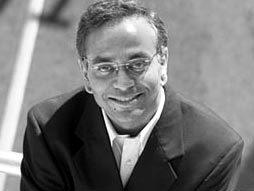TED News in Brief: Bill Nye joins the cast of “Dancing with the Stars,” Isaac Mizrahi moves on from fashion
Bill Nye the Science Guy (watch his TED-Ed lesson) will be joining the cast of “Dancing with the Stars.” New York Magazine says of Nye’s inclusion in the lineup — alongside Snooki, Valerie Harper and Jack Osbourne — that he is “the big get.” How long do we think it will be before he and […]
Continue reading
